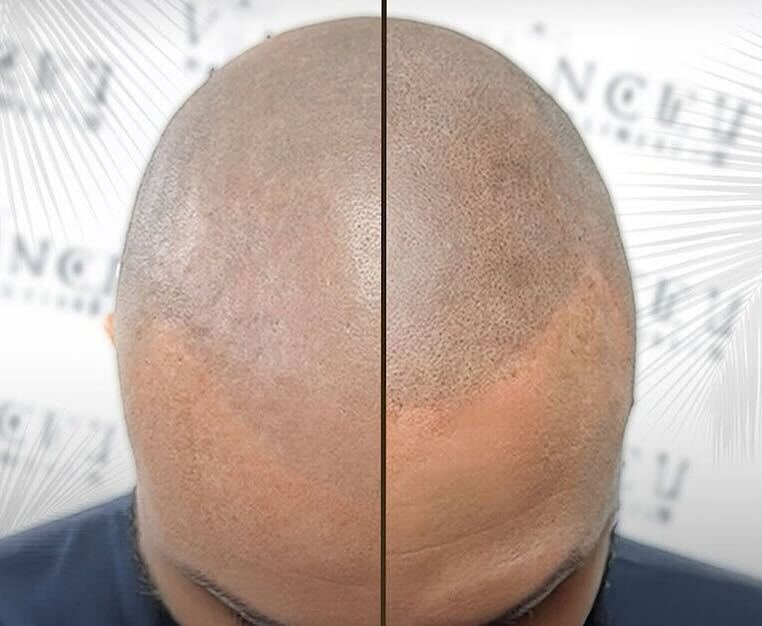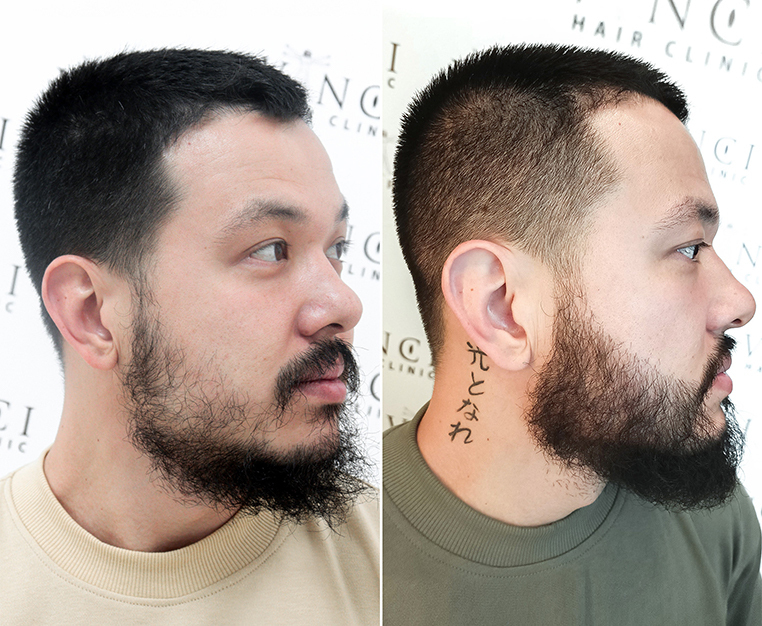Most of us experience abnormal hair loss at some point. The definition of ‘abnormal’ is anything greater than the number of hairs we lose daily as part of the hair growth cycle. That can amount to about one hundred hairs. More than that and you’re into abnormal hair loss territory.
There are many reasons why we experience abnormal hair loss. Thankfully, there are also many options for tackling it. A hair transplant is one of the best-known treatments, partly because so many high-profile figures are choosing to have one and are happy to publicise the fact.
Hair transplants aren’t for everyone, however. Not everyone is a suitable candidate, for one thing, nor is it the appropriate treatment for every client. There are many other ways of restoring your hair that don’t require surgery, and this article will examine some of them.
Diagnosing the Problem
Before you embark on any form of hair restoration treatment, you need to know what is causing your hair loss problem, as there is no one-size-fits-all hair restoration treatment. Some types of hair loss, like male and female pattern baldness, are genetic. Others can be triggered by illness, trauma or even too-tight hairstyles. Baldness can be progressive and permanent, or it can be a temporary state that will right itself in time.
All these differences in cause and consequence mean that it’s vital you allow a qualified professional to determine the cause of your hair loss. Only then will you be able to assess your treatment options. A hair transplant might be one of those, but there are other treatments and procedures available. Keep reading!
Five Non-Surgical Alternative Treatment Routes
Platelet-Rich Plasma for Hair Loss (PRP)
PRP treatment has been used for a long time in different medical contexts, but recent years have seen it emerge as an effective hair restoration procedure. It is a technique that uses the body’s own healing and growth properties to restore hair. PRP involves the separation of a small quantity of the client’s platelets and plasmas into an injectable solution. This is then applied to the hair follicles to stimulate hair growth and make the hair visibly thicker. PRP can be used to treat balding and thinning in most stages of hair loss or as a supplementary treatment following a hair transplant.
Micro Scalp Pigmentation (MSP)
Many men (and some women) choose to shave their heads. They do so because they like the look, or because they realise their hair is thinning and want to disguise the fact; for some, it’s a mixture of both of those reasons. MSP treatment allows even those going bald to enjoy the appearance of a full, shaved head of hair. In a process that resembles tattooing (but with much smaller needles), medical-grade pigments are injected into the upper layer of the epidermis to create the appearance of shaved hair.
Laser Caps
Laser Caps use Low Level Light Therapy (LLLT) to stimulate hair growth. Clinical trials have demonstrated that LLLT promotes hair growth by stimulating the epidermal stem cells in the hair follicle bulge, thereby shifting the follicles into the anagen phase of the hair growth cycle. Laser Caps are an appropriate treatment for any type of hair loss. They carry the added benefit of being suitable for home use, thus cutting out the need for a visit to a clinic. Like PRP, a Laser Cap can be used to promote healing in the wake of a hair transplant.
Mesotherapy
Mesotherapy is another injectable treatment used to stimulate the growth of new and existing hair. It can thicken existing hair and improve density. The process is designed around the individual hair loss needs of the client, so the growth factors, medications, and vitamins used can vary from case to case. The treatment is used for thinning hair, pattern baldness and hair loss brought on by hereditary or hormonal conditions.
Medication
There is now a comprehensive range of oral and topical medications that are used to treat hair loss. To give just two examples, the range includes minoxidil, a topical vasodilator medication that widens blood vessels to allow more oxygen and nutrients to be carried to the hair follicles. There is also finasteride which is taken in pill form and is effective at both reducing hair loss and stimulating regrowth. There are many other over-the-counter and prescription medications available to tackle hair loss, but you’ll need professional advice and guidance on their use.
Conclusion
Hair loss doesn’t have to be endured these days. There are now many more effective hair restoration treatments available than there used to be. That’s good news for the millions of people experiencing the trauma of hair loss, but the first step is to determine what’s causing your hair to fall. When you know that, you can start looking at treatment options.
If you’re worried about hair loss or thinning, it’s better to speak to an expert sooner rather than later. At Vinci Hair Clinic, we offer you the chance to do just that with a free, no-obligation consultation with one of our team. All you need to do is make the appointment!


